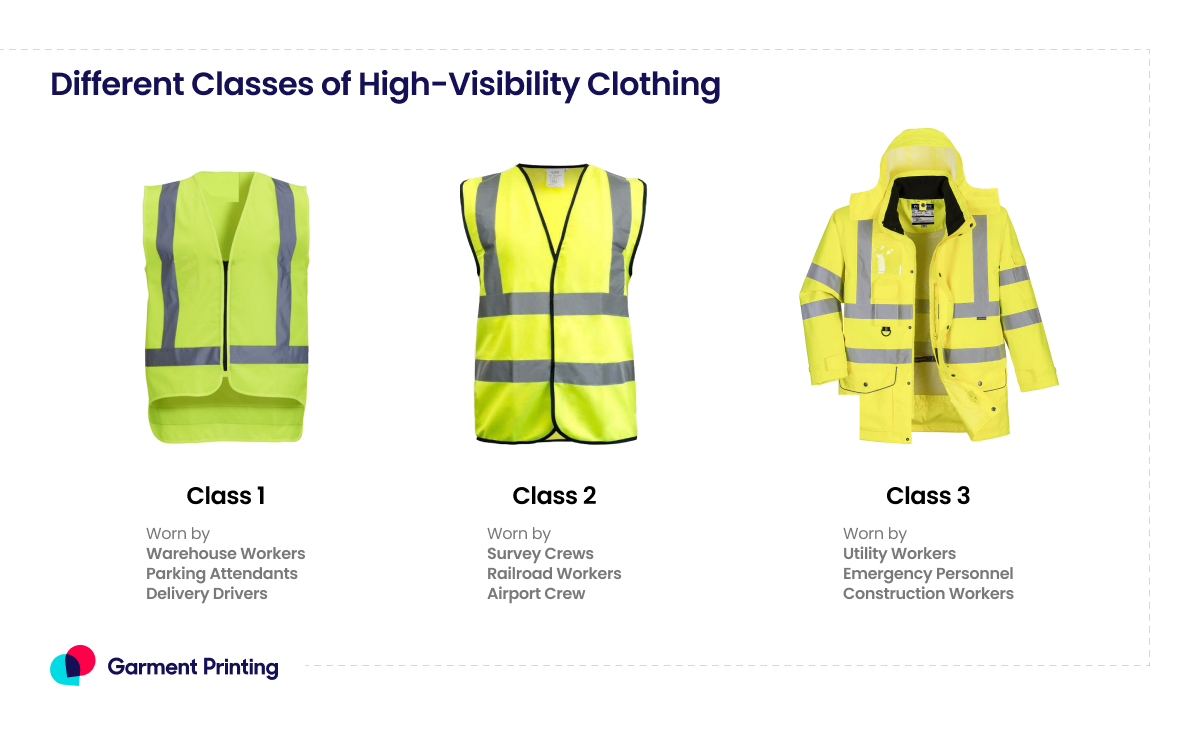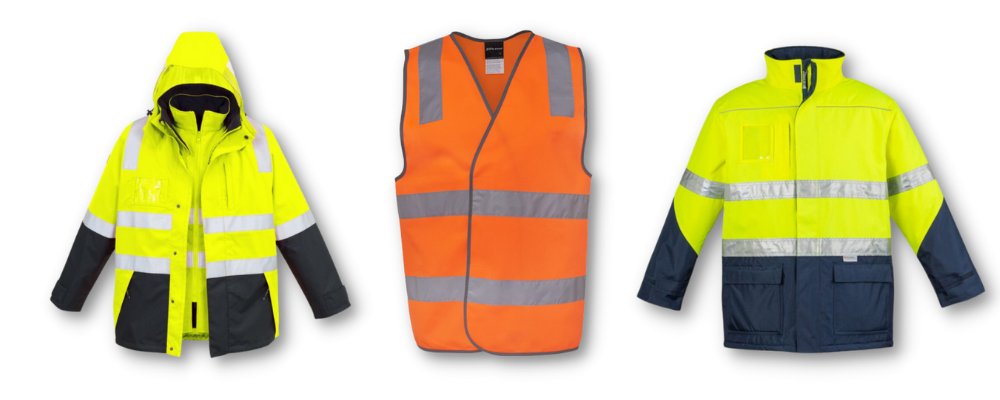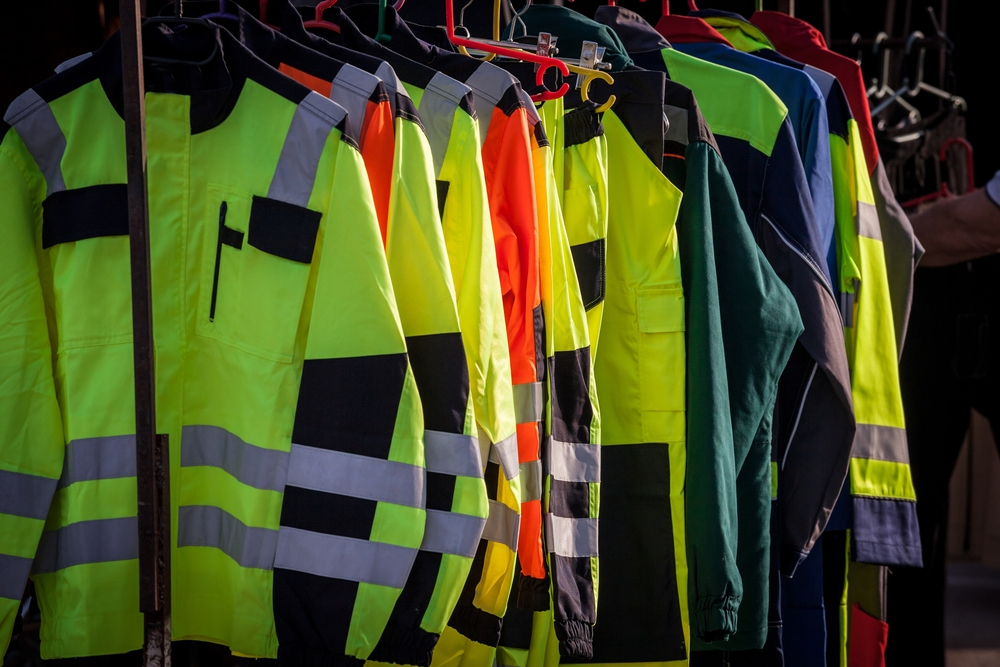|
Getting your Trinity Audio player ready...
|
The protection of industrial, utility, electrical, and construction workers is a considerable task. It requires appropriate personal protective equipment (PPE) and can often require high-visibility clothing. While walking to a construction site or in a roadworks location, you may have noticed that workers have worn some flashy hi vis jackets.
High visibility or hi-vis, is an essential part of the safety outfit. High visibility clothing is a type of workwear that workers wear to improve their visibility on a job site and ultimately, workplace safety. There must be a question like how though? crossed your mind. Hi vis clothing are often worn to alert drivers and other machine operators of where workers are located. It’s crucial in dangerous conditions, such as proximity to highways, dark conditions, and areas where workers might be blocked by trees, traffic barriers, or industrial equipment.
What Is a Hi Vis Jacket?
Hi-vis clothing is protective clothing made of fluorescent material with reflective tape or shapes added for extra visibility. Let’s suppose a situation where you are driving at night you are engaged in a conversation on your cell phone with a friend (which is technically wrong & should be avoided though) and you forgot to read the Warning sign saying construction ahead now that’s where reflective jacket comes into play.

Suggested Read: Workwear Tradies in Industrial Safety
So the question that’s up now is how do these jackets work? For that let’s dig deeper…
Hi-vis clothing is intended to provide visibility for the person wearing them in low daylight or the dark when it is lit by the headlights of vehicles and industrial equipment. The vests’ or jacket’s colors are highly contrasted to the background colors and are easily distinguishable. The distinctive characteristic of the vests assures quick detection of the person wearing them or avoids actions by others during a rescue operation or a close misfortune.
It’s a great way of ensuring workers’ safety in,
- Gas and electric utility
- Transportation industries, such as highway, railway, and airport workers.
- Construction workers
- Engineers
- Sanitation workers
- Warehouse workers
What Colors Are Considered For Hi Vis Jacket?
Hi vis jackets are available in various colors, and color preference is often made based on the circumstances. Usually, they’re either a particular shade of green-yellow, glow in the dark, or both meaning they can provide visibility no matter the time of day or the weather conditions.
According to Standards Australia research, three colors considered acceptable for high visibility clothing backgrounds came across high visibility clothing are,
- Fluorescent lime
- Orange
- Red

Also Read: Your Guide To Australian PPE Standards & Requirements
High visibility clothing works best when it stands out from the rest of the work environment. For example, if you are working in an industry with a lot of orange equipment, going for fluorescent lime will be a better option as it will offer more contrast to the others.
What Are The 3 Classes Of Hi Vis Jacket?
High-Visibility Safety clothing sets standards of retroreflective performance, the colors and luminosity of background materials, and how much of the body the high-visibility components should cover. There are also special conditions for garments that provide electrical flash and flame protection.
Keep in mind that although specifications for clothing classes are similar to those in ANSI/ISEA 107. All safety vests are rated and approved by the American National Standards Institute (ANSI). Safety vests are categorized as Class 1, Class 2, or Class 3 based on the amount of reflective material and high contrast fabric making up the vest.

Following are the differences between the classes of hi-vis vests and when to use each.
Class 1 – Provides the lowest recognized coverage and good visibility. These vests are designed to be used in low-impact areas where traffic flow doesn’t exceed an average speed.
For example, used by workers like delivery drivers or parking valet.
Class 2 – Provides average body coverage & outstanding visibility. These vests are designed to be used in areas where there is heavier traffic & low visibility. The weather may reduce visibility in these areas, and traffic flow may exceed an average speed.
For example, used by workers like airport workers or wildlife rangers working in a forest.
Class 3 – Provides the overall body coverage and visibility under low light conditions and faraway distances. These vests are designed to be used close to high-traffic areas, where traffic flow in these areas may be close to or exceed average speed.
For example, used by workers like site inspection officers, emergency responders, railway workers, & utility crews.
For someone probably wondering what these Hi-vis clothing is made of?
Well in short we can say that Hi-vis clothing is made from reflective materials, giving it its light-reflecting properties.
Two main materials are used in making hi-vis clothing:
- Micro-prismatic tape
- Glass bead reflective tape
Micro-prismatic tape is a particular type of plastic vinyl containing many small prisms. These prisms inside the tape bounce light around internally before reflecting it at the source. The light reflected from this material travels far and holds its intensity well as it’s focused in one direction.
Glass bead reflective tape is the more common type, and it’s the material used on the silver-gray strips that are common on commercial hi-vis clothing. It’s cheaper but reflects light from a source at a wider angle, which means it doesn’t travel as far as the light reflected from micro-prismatic tape.

FAQs
Why do Australians wear Hi-Vis?
According to law, Australia has a hi-vis policy that every construction site is compulsory to wear to ensure items are worn correctly and that workers understand why clothing will be useless if not worn correctly and at the right time. Business owners or site project officers are suggested to provide the workwear needed for workers on-site.
Are Hi Vis jackets waterproof?
As discussed above, they can provide Class 3 hi-visibility protection in yellow or orange. The thick, heavy padding is light, flexible, comfortable, and breathable two-layer material. They are fully 100% waterproof and fully windproof, and breathable.
Does it matter what Color Hi-Vis you wear?
When choosing a hi-vis garment, you should also consider the level of risk, as the environment where the work is done. Like colors can help drivers and machine operators recognize workers. While speaking of the colors, do they play a role? Well, fluorescent yellow is the brightest color on the color scale and the most widely used; orange hi-vis PPE has strong recognition – orange means “caution” or “watch out.”
Also Read:
-

Meet Lisa John, a dynamic Content Manager and Marketing Professional at Garment Printing Group. With three years of industry experience, Lisa excels in crafting compelling narratives that not only illuminate the vibrant world of garment printing but also drive engagement and growth.


